Description
What should I expect from the Iron Status Profile?
The Iron Status Profile is a comprehensive set of blood tests that evaluate the amount of iron in your body and its impact on your health. Iron is a vital mineral that is essential for the production of red blood cells, which carry oxygen throughout your body. This profile helps assess your iron levels and detect any deficiencies or abnormalities that may be present.
Low iron levels can lead to a condition called anemia, which can cause various symptoms such as fatigue, weakness, and feeling cold. If left untreated, anemia can progress to more serious health conditions. Additionally, the profile includes tests to evaluate your body’s ability to absorb iron, which can be impaired in liver-related conditions.
The Iron Status Profile consists of several biomarkers:
- Iron Studies: This set of blood tests measures the amount of iron in your blood and its storage in your body tissues. Iron deficiency can cause a wide range of symptoms, including fatigue, chest pains, and shortness of breath.
- Iron: Iron is a mineral necessary for the production of red blood cells, muscle and organ function, and healthy bone marrow. Measuring iron levels helps determine the iron content in your blood. Low iron levels may indicate anemia, while high levels can be indicative of liver disease.
- Total Iron Binding Capacity (TIBC): TIBC refers to the maximum amount of iron that can be transported in your blood. Iron plays a crucial role in oxygen transportation. TIBC tests are used to assess iron status and absorption. They can help diagnose conditions such as anemia and iron overload (e.g., Hemochromatosis). If you have existing liver disease, your TIBC may be affected.
- Unsaturated Iron Binding Capacity (UIBC): UIBC measures the amount of transferrin reserved for iron transportation. Transferrin is a glycoprotein produced by the liver that binds to iron and transports it in the blood. UIBC tests are used to monitor iron toxicity treatment.
- Ferritin: Ferritin is a blood protein responsible for iron storage. It reflects the amount of iron stored in your body. Ferritin tests are useful in diagnosing anemia and liver disease.
- Transferrin Saturation: Transferrin is an iron-binding glycoprotein produced by the liver. It facilitates iron transport in the blood, aiding in oxygen delivery. Transferrin tests assess iron status and can help diagnose anemia. Transferrin saturation is determined by dividing the serum iron value by the total iron-binding capacity of transferrin.
How it works:
Whether you choose to perform the test at home or visit one of our testing locations, the process is quick and convenient.
-
Take the test: You can either perform the test at home using our kit or visit one of our testing locations.
- Send us your sample: If you opt for the at-home test, we provide prepaid postage for you to send your sample back to us.
- Receive your results: Once your sample is analyzed, we provide a secure link for you to access your doctor-validated personal results.
By undergoing the Iron Status Profile, you can gain valuable insights into your iron levels and overall health.

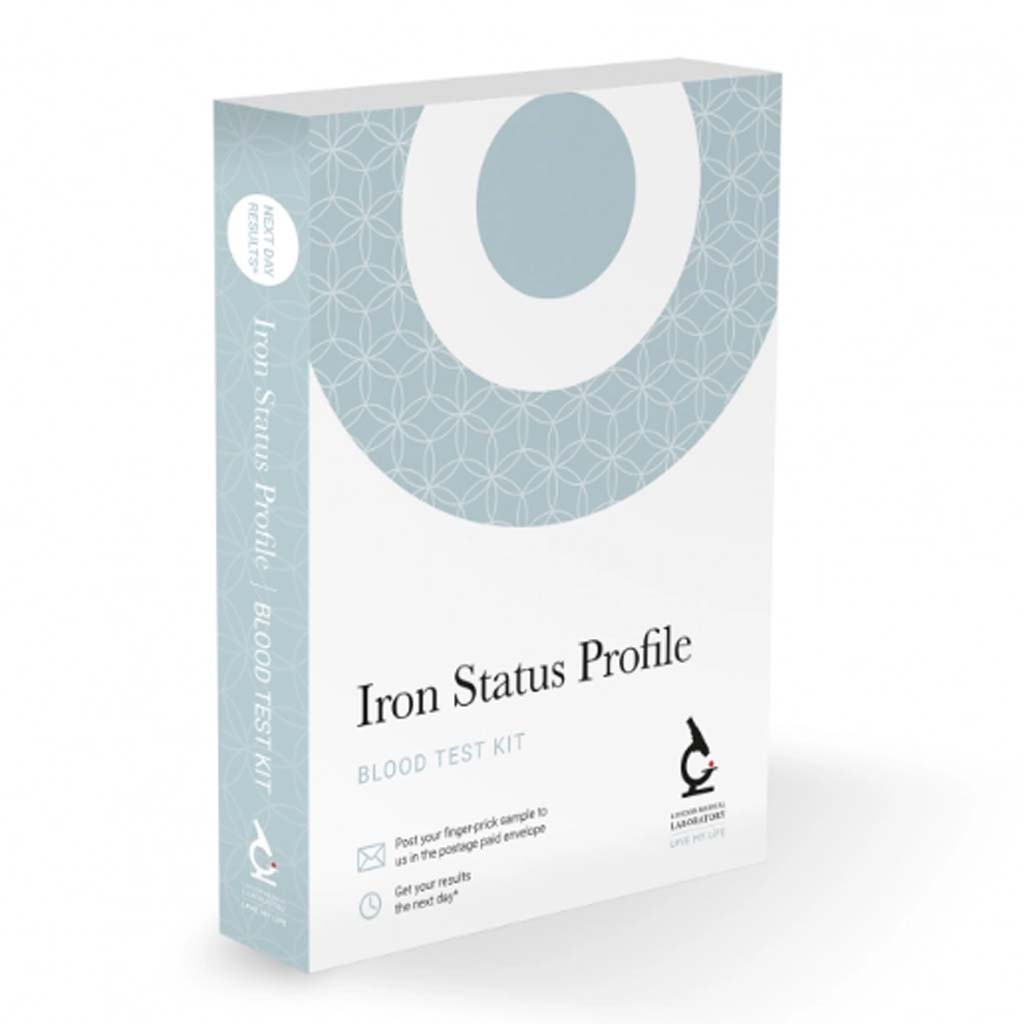
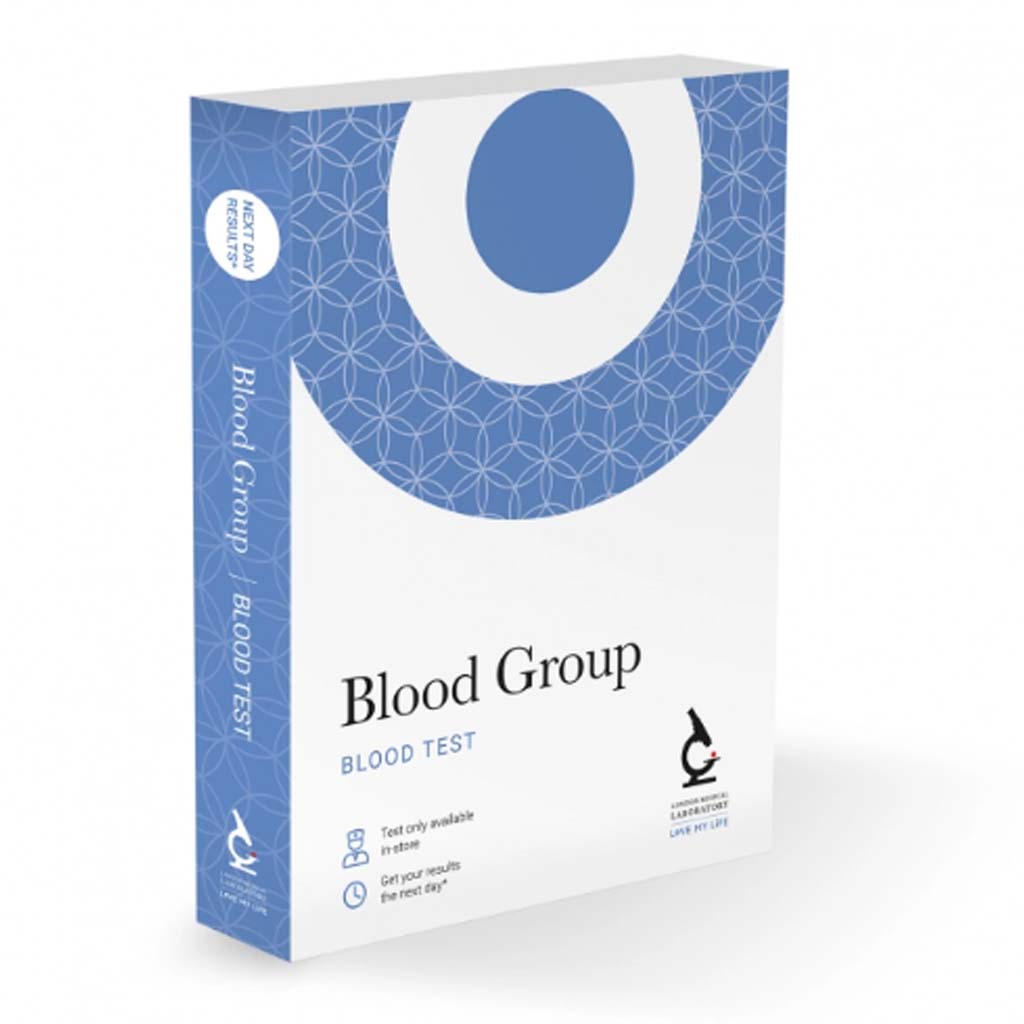


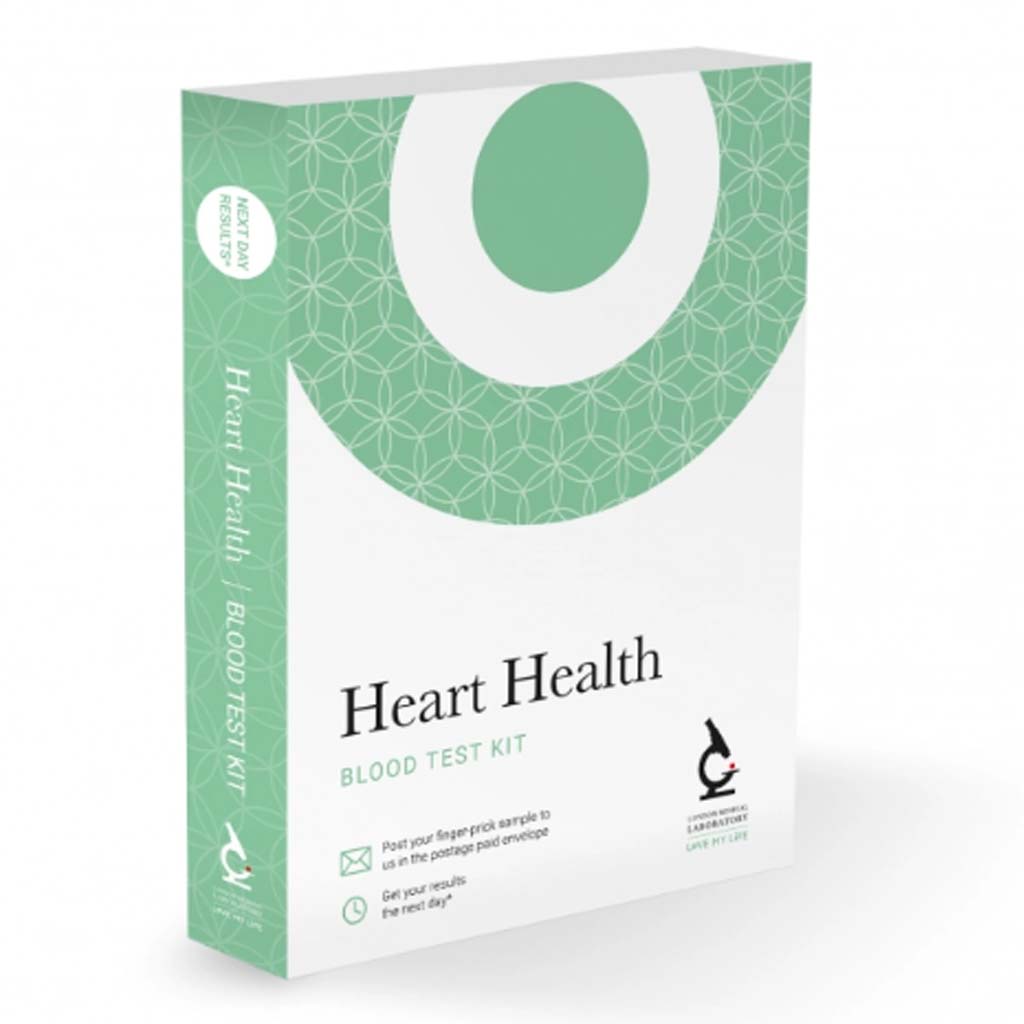


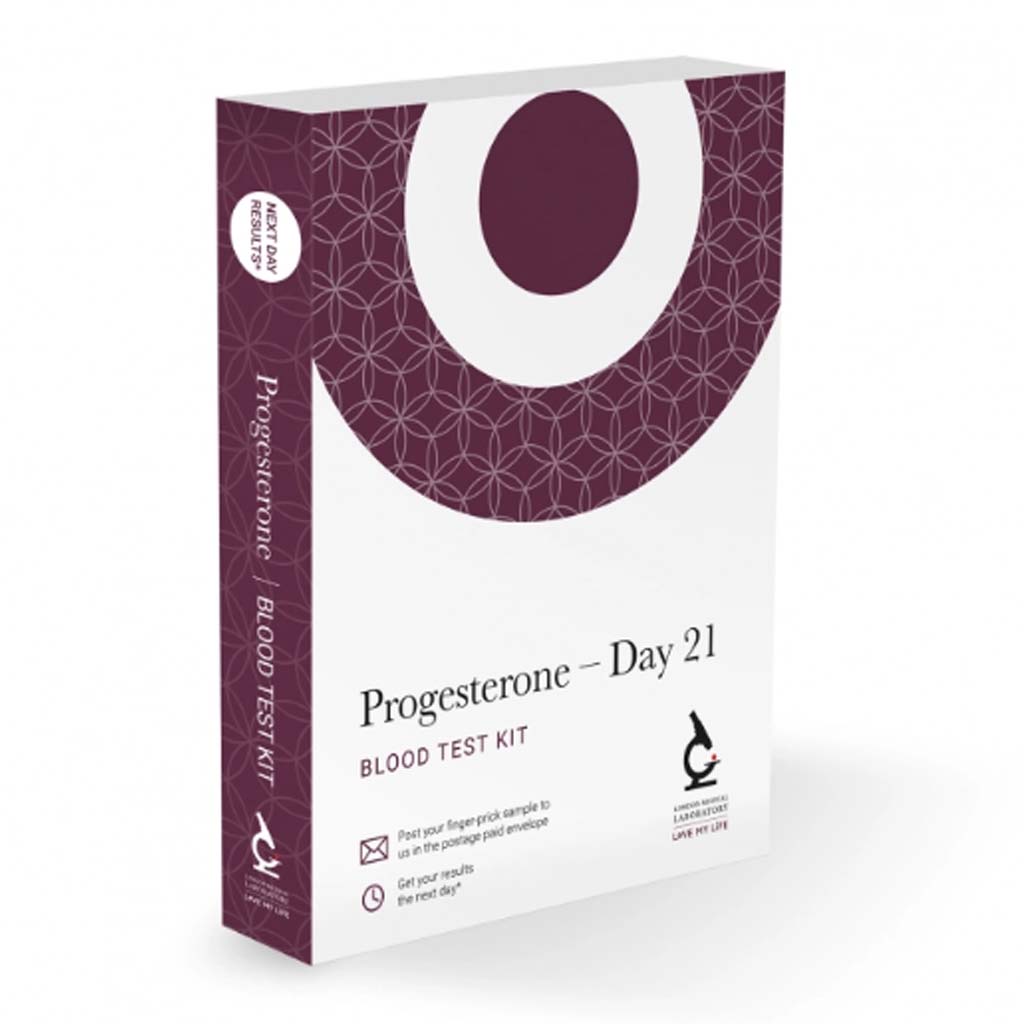
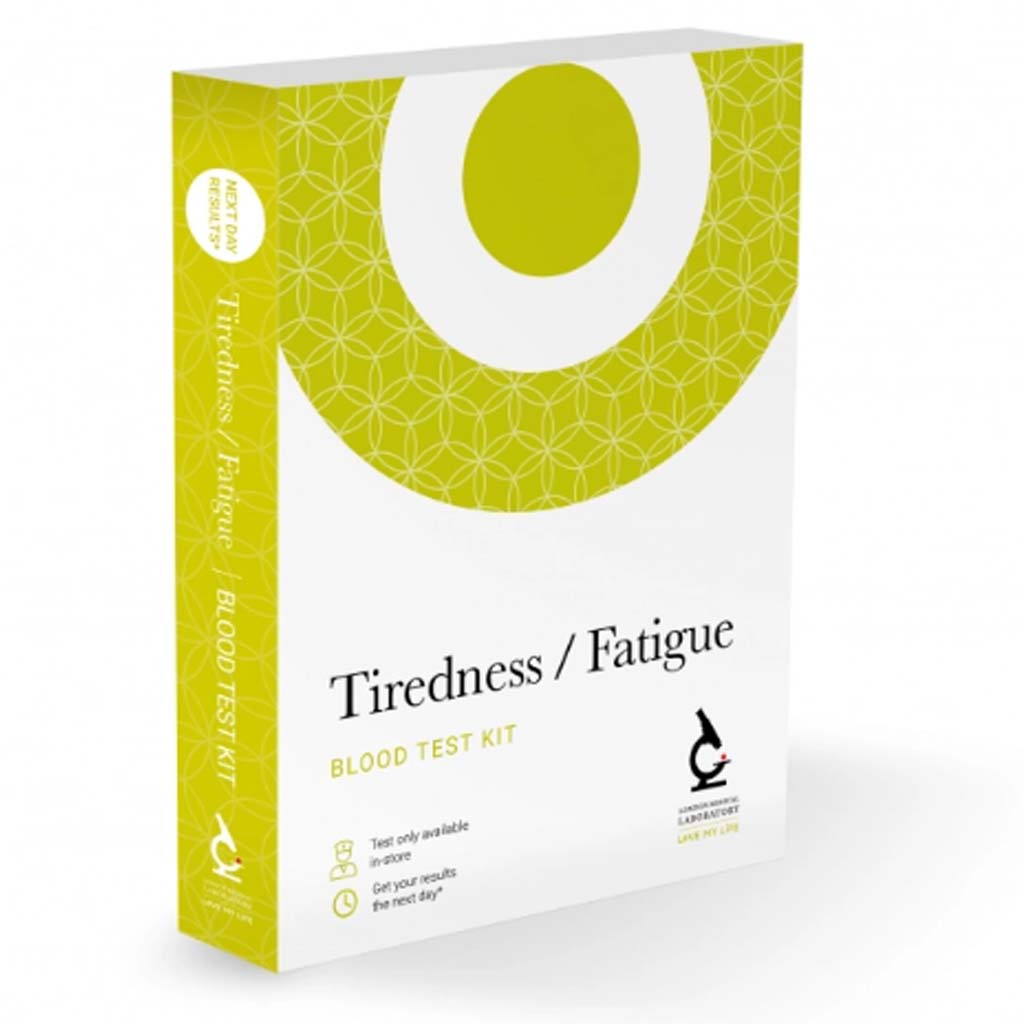
Reviews
There are no reviews yet.